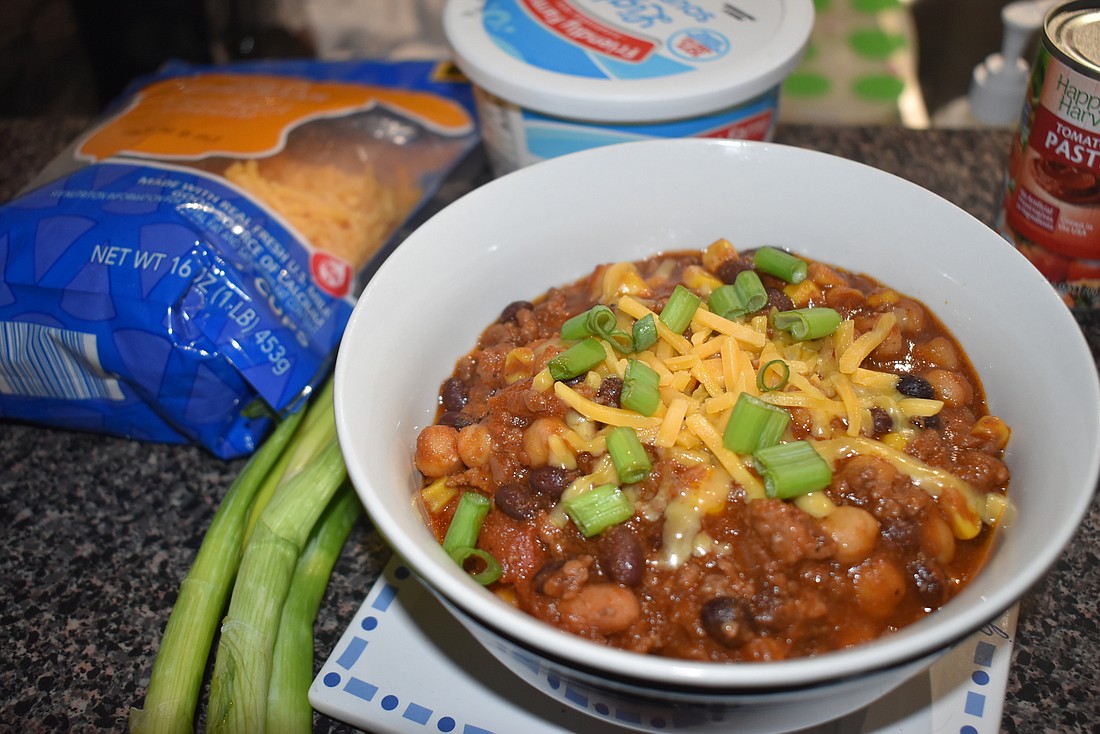- December 26, 2024
-
-
Loading

Loading

You're not really a Floridian until you've gotten your first disaster prep under your belt. Most years, that means stocking up on water and food in case of hurricanes. This year, canned and frozen food and toilet paper were swept off the shelves to stock up for the coronavirus pandemic. Now, as life begins to open up again, what in the world will you do with all those cans? They can't be healthy, right?
Wrong. Mostly.
"A canned green bean is better than no green bean," Sarasota nutritionist Nora Clemens said. "The canning industry has really high standards for how they process their foods, and that includes quickly putting them through the canning process, so that they're processed at the peak of their freshness."
That means those carrots in a can probably retained more of their original nutrients than those carrots currently hanging on in your refrigerator drawer. You should strive to get your fruits and veggies in whatever way you can, so don't waste cans if you're thinking they're less than fresh foods. The one thing with canned veggies is that they often have salt added to them as part of the canning process, but Clemens said if you give them a good rinse, you'll be able to get a perfectly good piece of produce. Same goes for fruits, which are often packed in a lot of sugar or syrup.
"I want … to show people not to freak out and say: 'Oh, I'm being such a bad parent. I'm buying canned vegetables and fruits,'" Clemens said. "No, they can do that and just rinse it, and it's still good."
Modeled after Whitney’s LBK Bowl, this will pack a ton of nutrients into your lunch. The vegetables are really just suggestions because this can be molded to fit whatever your tastes are. Frozen produce work great too, and Chef David Benstock of Whitney’s suggests letting them thaw before sauteing or roasting.
In a medium saucepan over medium heat, boil 2 cups water, though if using quinoa, just use 1 3/4. Add rice or quinoa, stir, and cover. Bring pot back to a boil, then reduce heat to low, and simmer for 18 minutes or until water is absorbed.
Heat 1 tablespoon cooking oil in a skillet over medium heat. Add diced onion and garlic, and cook until translucent.
Add veggies. It’s important to rinse them to get as pure of a product as possible and to reduce the sodium. Benstock recommends not adding salt to your dish because canned veggies already come with a lot as part of the preservation process. Saute everything together, and add black pepper then lime juice to finish it with acidity, which Benstock does at Whitney’s.
Begin layering. Rice first, then veggies, then beans. You can heat those in the microwave or throw them on the skillet for a minute or two to get them warm. Because they’re already cooked, it’s not vital to do so. If you have fresh herbs, Benstock recommends adding that for another pop of flavor.
It would be difficult to look at canned recipes and not include chili. This dish can be made vegan, or a healthier swap can be made with ground turkey instead of ground beef. Here’s the ultimate “dump recipe.”
Heat oil in a large saucepan over medium heat. Add diced onion, and cook until translucent.
Add optional ground meat, break apart with a wooden spoon, and cook until browned, about 7 minutes. Add salt, pepper, cumin, chili powder, sugar, optional cayenne and tomato paste. Stir to combine.
Add tomatoes, with or without their juice. If not using juice, add in 1 can of water, or more if you like a thinner chili. Add beans and corn. Stir to combine.
Bring the pot to a low boil, then turn down to a simmer. Let it cook for at least 20-25 minutes. Make sure to stir occasionally.
Let chili stand for 5 minutes before serving. Top with croutons, bread, cheese or crackers. You can also freeze your leftovers to save longer.